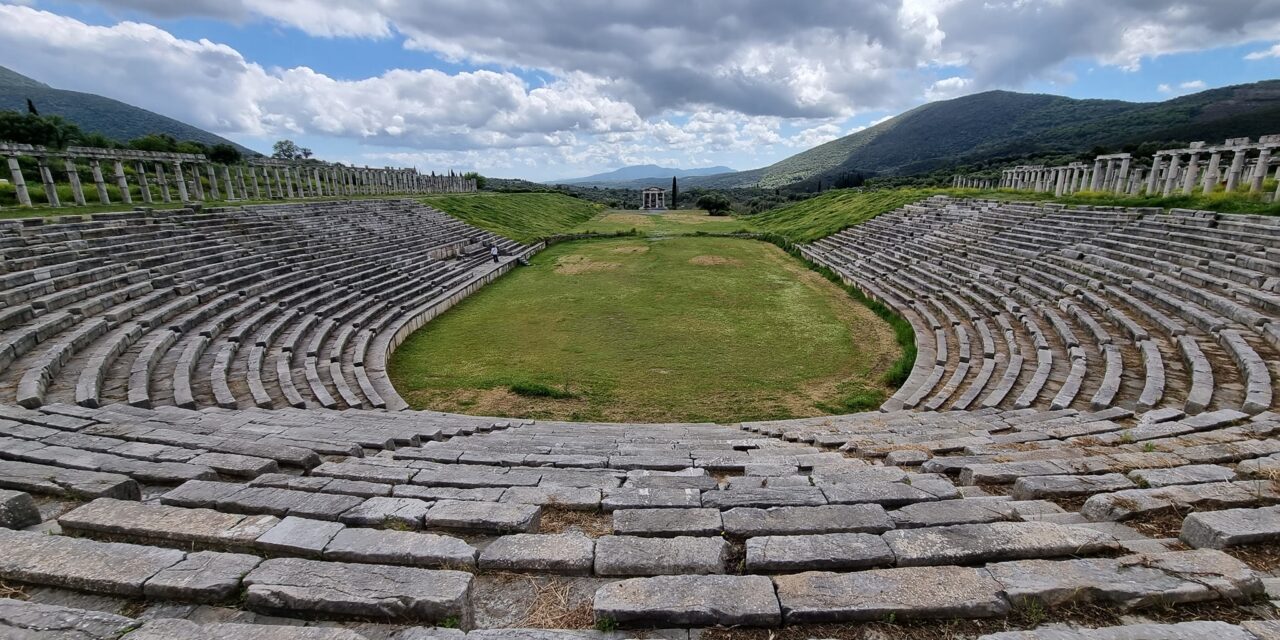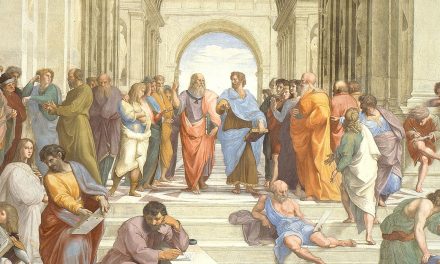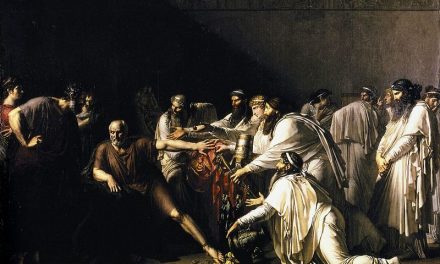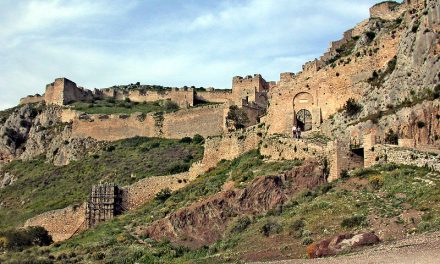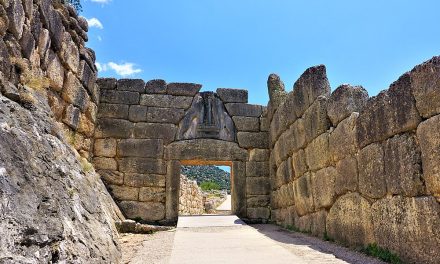Located in the south-western Peloponnese, 30 km from the city of Kalamata, ancient Messene is one of the most impressive and best-preserved archaeological sites in Greece. Combining the grandeur of Delphi with the tranquility and natural beauty of Olympia, the site now ranks among the most important remains of Greek antiquity. The green valley where the site is located, washed by the Pamisos River, has remained intact through the centuries. This is why the ancient city of Messene has the rare advantage of not having been destroyed or built over by later buildings.
Ancient Messene was founded in 369 BC by general Epaminondas from Thebes, putting an end to the long Spartan occupation of Messenia. The conquest of the fertile land of Messenia by the Spartans following the First Messinian War (743-724 BC) was crucial to the dominant role of the city-state of Sparta, and its occupation for 400 years enabled Sparta to become a military superpower that, along with its rival Athens, would shape the history of classical Greece.
Yet the Messenians never forsook their identity and constantly tried to regain their freedom. When general Epaminondas freed the Messenians, the new Messene was founded. The founding of Messene marked the end of Spartan domination. The city became the political, economic, social, religious and artistic center of the free Messenians who, in the preceding centuries, had been reduced to the status of helots (a slave-class) or Perioeci (second-tier citizens) under the Spartan rule.
The ancient Messene, set in a natural environment rich in resources that favored the development of an agricultural economy, was in ancient times the most important and dynamic center of a people that, on the basis of its mythological, religious and heroic past, was able to evolve into an independent political entity and shape its own national identity.
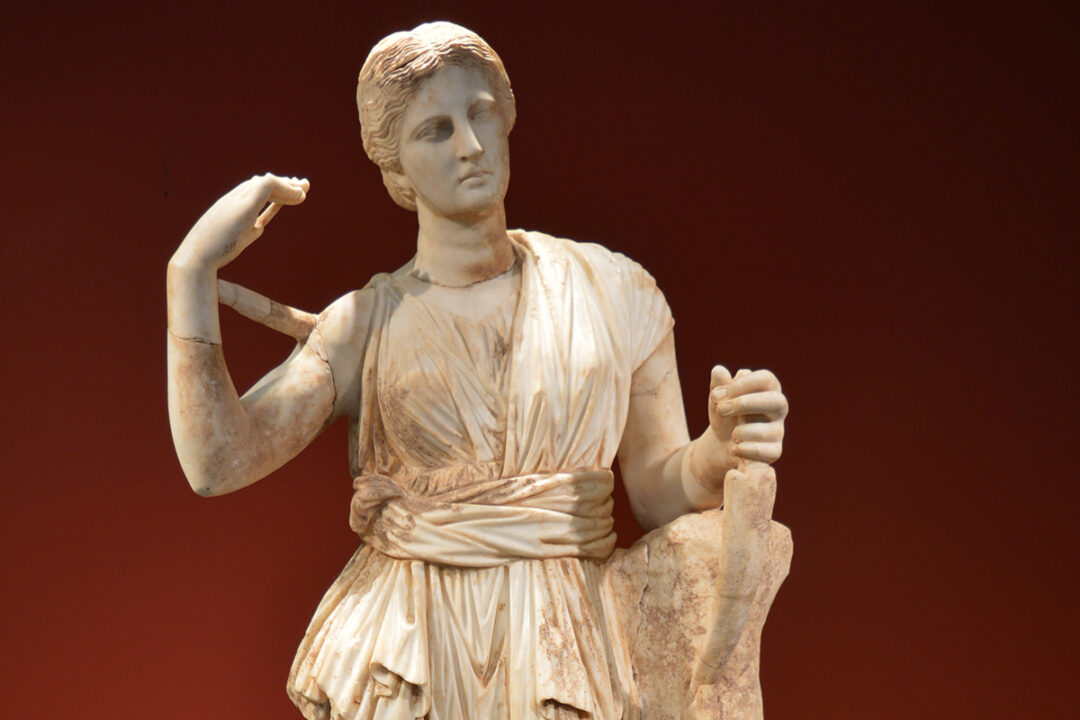
Photo source: https://archaeologicalmuseums.culture.gov.gr/
The city developed at the foot of Mount Ithome, a natural fortress with the sanctuary of Zeus Ithomatas at the summit and the sanctuaries of Artemis Limnatida and Ilithyia or Eileithyia (goddess of childbirth and midwifery) on the southern slope. Built according to the Hippodamian urban system, a symmetrical grid system rather than the more typical labyrinth to repel attack, the city was protected by solid fortification walls with a total length of 9.5 km.
The city flourished mainly during the Hellenistic and early Imperial periods (3rd century BC – 1st century AD) as an important political, religious and artistic center. The heart of the city’s public life was the building complex of the Asclepieion (healing temple dedicated to Asclepius) and the nearby Agora.
Among the various secular buildings were the theater, the stadium-gymnasium, the Arsinoe fountain, along with bath complexes and Roman urban villas. Sacred buildings and temples were dedicated to the cult of Artemis, Demeter and Dioscuri, Zeus Soter (savior), Poseidon, Aphrodite, Cybele, Serapis and Isis, as well as to heroes and locals such as Aristomenes and Epaminondas, and venerable Roman emperors.
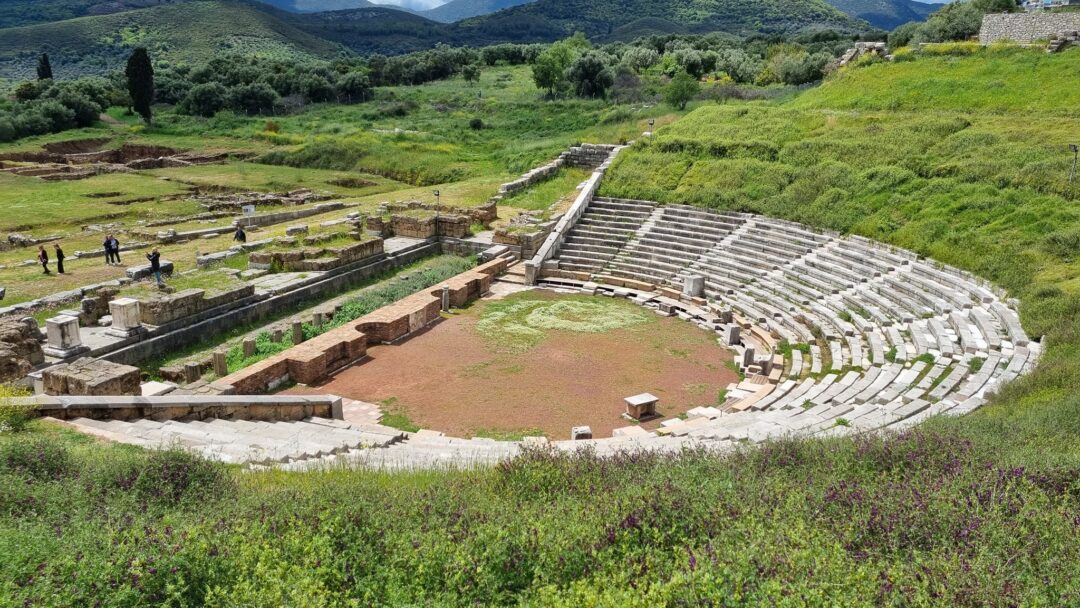
The most important buildings are the following:
The theater
The first monument to encounter is the theater, built in the 3rd-2nd centuries BC and considered one of the largest of its kind, reaching almost 100 meters in length and once seating 10,000 spectators. It was used for political gatherings as well as performances and has been restored to serve as a summer festival venue.
The Arsinoe fountain
Next to the theater is the fountain of Arsinoe, Asclepius’ mother, who was the daughter of the mythical Messenian prince Leucippus. The fountain was fed by the Klepsydra spring and had a 40-meter-long cistern.
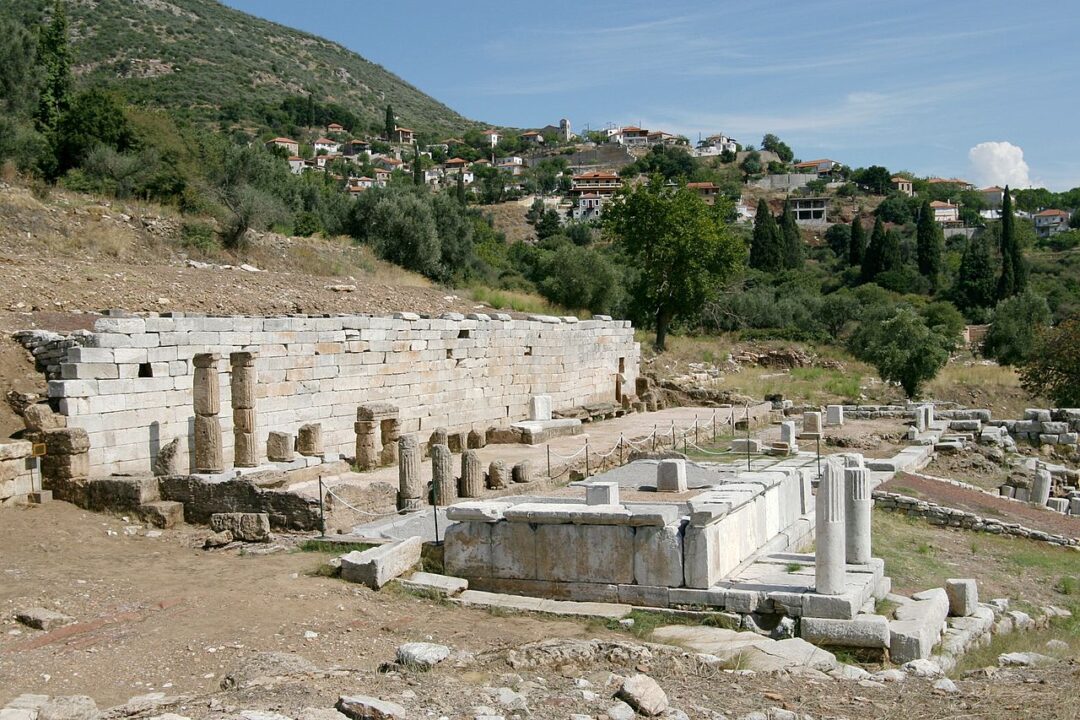
The Agora
The immense square-shaped agora was surrounded by stoas (covered porticos), and was the center of everyday life. Excavations are ongoing, but finds include fragments of a representation of Zeus’ winged thunderbolt and the temple of Zeus Soter.
Stadium and gymnasium
Among the most impressive buildings, the well-preserved stadium features 18 rows of seats, separated by staircases and surrounded by Doric stoas, where the gymnasium was housed.
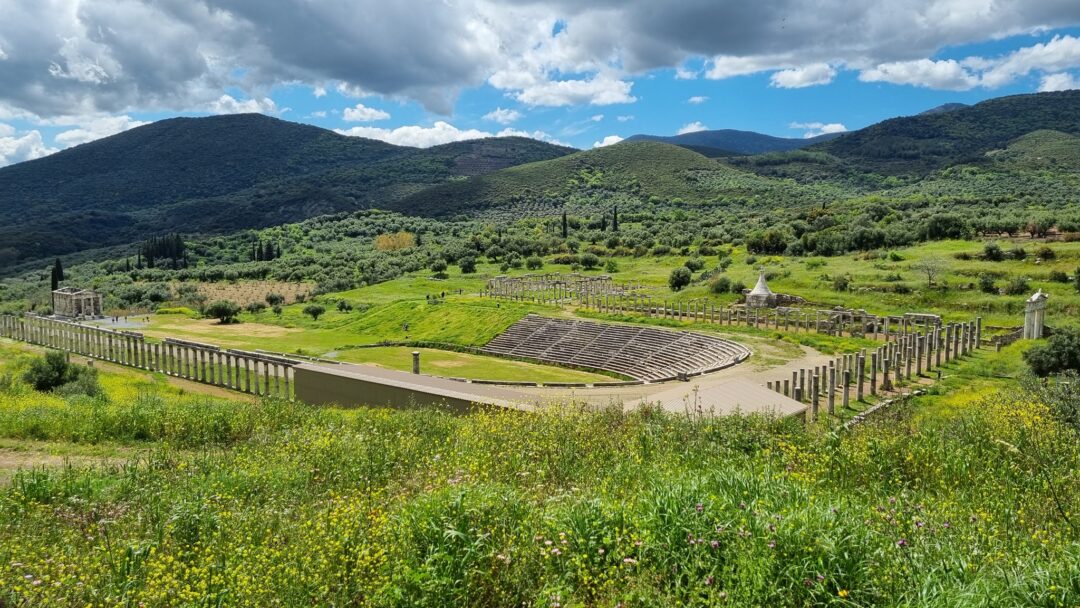
Asclepieion
Together with the Agora, it was the center of life in ancient Messene. A space of 72 x 67 meters, with four internal stoas opening onto a courtyard, it was described by Pausanias more as a gallery of bronze statues and other works of art than as the sanatorium more typical of the Asclepieia found at other sites.
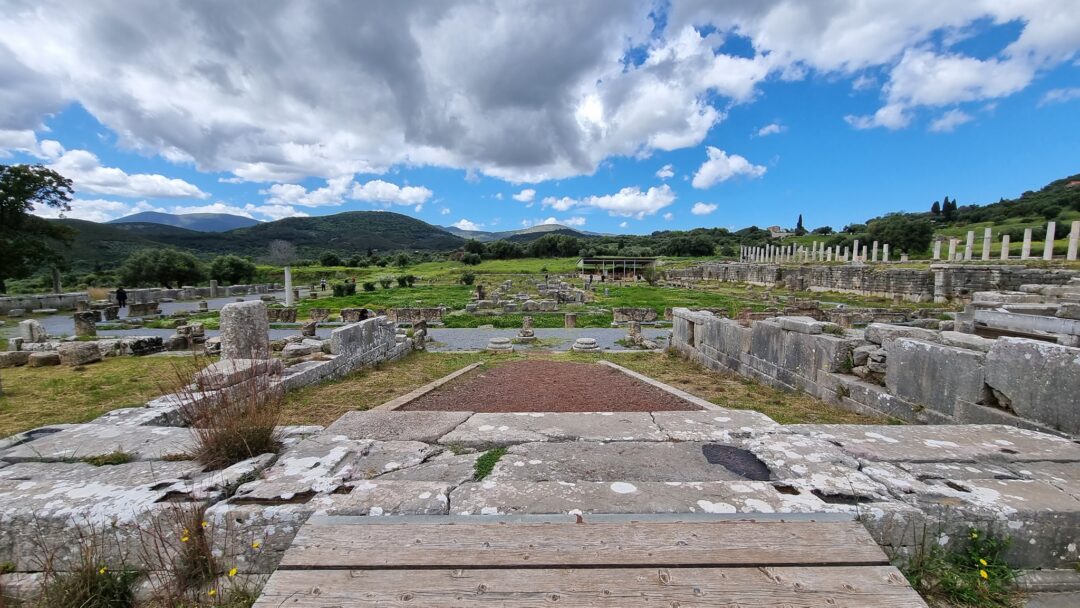
The Heroön
Originally a four-storey Doric building that formed part of the stadium, the Heroön served as a funerary monument to prominent citizens who received a hero’s burial.
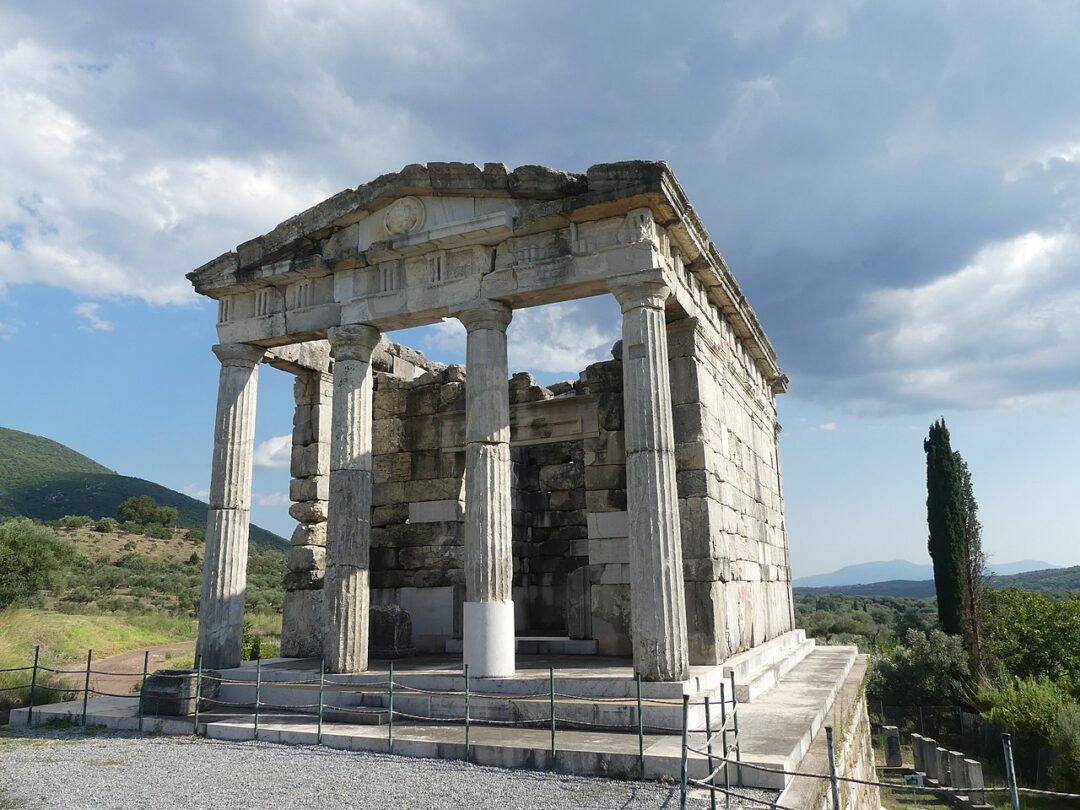
The Ecclesiasterion-Odeion
This is a theater structure forming part of the Asclepieion architectural complex. The first phase of its construction dates from the late 3rd century B.C. Repairs to the stage walls and orchestra, carried out in the 1st and 3rd centuries A.D., are visible.
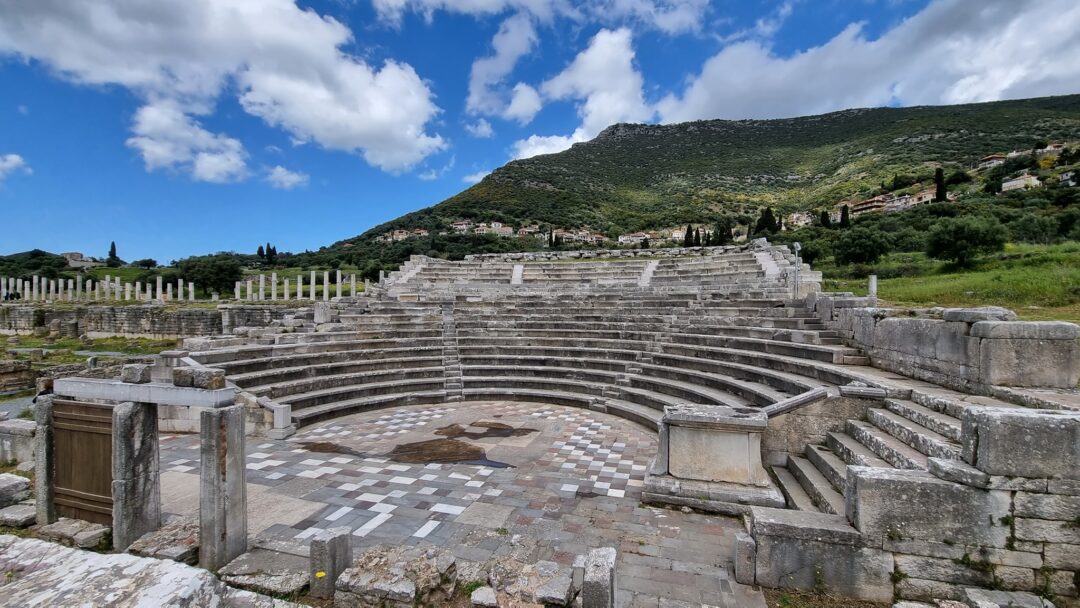
The fortifications
The imposing walls of ancient Messene once stretched for 9 km, interrupted only by Mount Ithome, which served as a natural fortification. One of the city’s two monumental entrances, the Arcadian Gate, has survived, along with eight impressive towers.
A museum housing over 12,000 finds from the excavations has been built on the site, within the ancient city walls.
Messene and its monuments are known from the writings of the Pausanias (traveler and geographer, 2nd century AD) and from the accounts of European travelers (19th century). The first archaeological excavation of the site was undertaken by French archaeologists from the scientific commission of the Morea expedition led by Guillaume Abel Blouet, on April 10, 1829, towards the end of the Greek War of Independence.
Excavations under the auspices of the Archaeological Society of Athens began in 1895 by Themistocles Sofoulis and were continued by George Oikonomos (1909 and 1925) and Anastasios Orlandos (1957-1974). But it was under the direction of Petros Themelis that a vast excavation and restoration project was carried out from 1986 to 2023, transforming the area into an impressive archaeological site.
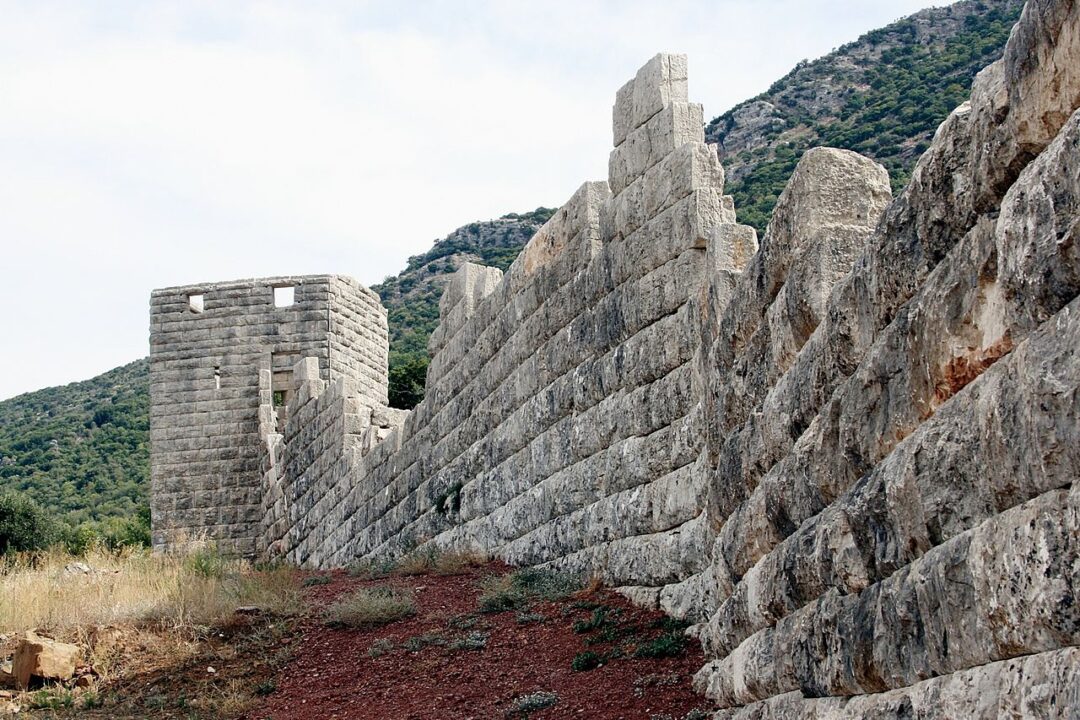
Thanks to his personal initiatives, this visionary archaeologist has succeeded in restoring, stone by stone, the ancient city of Messène. For him, the “find” of an excavation was not a goal in itself. His personal satisfaction was in the restoration. That’s why the current appearance of the Messene site is so impressive.
“Monuments are not secured- restored – promoted to remain empty shells, entrenched and inaccessible to citizens, but to be open, to become socialized in the present day. They must experience with us a second, if possible, eternal life”, as Petros Themelis would say. According to him, cultural heritage is a fundamental element of a region’s identity and a comparative advantage in terms of its contribution to economic development, social cohesion, historical continuity and collective memory.
Since 2014, the archaeological site of Ancient Messene has been included in Greece’s Tentative List for consideration by Unesco to be included in its World Heritage List.
Translated from the original article by Ioulia Elmatzoglou which appeared on Grèce Hebdo (Intro photo: The stadium, photo by Giorgos Mosaidis)
TAGS: ARCHEOLOGY | HISTORY | TOURISM

